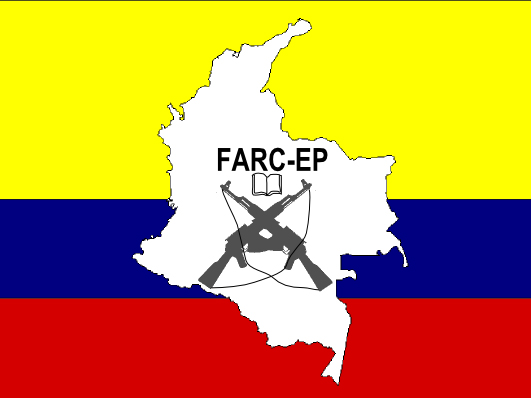The Counterinsurgency Laboratory in Colombia
What we can learn from the government's nearly fifty-year battle against the Revolutionary Armed Forces of Colombia.
 The long contest between a leftist insurgency and successive governments in Colombia provides much to study and debate regarding counterinsurgency. The principal guerrilla group, the Revolutionary Armed Forces of Colombia or FARC, has been operating since 1964. In the ensuing forty-eight years Colombian leaders have tried a variety of approaches in dealing with the insurgency. Every insurgency is different, and not every lesson learned from any one can be transferred to others, but the sheer length of time that the Colombian conflict has been going on and the markedly different strategies that different Colombian presidents have employed in dealing with it mean this particular insurgency should provide lessons or at least food for thought.
The long contest between a leftist insurgency and successive governments in Colombia provides much to study and debate regarding counterinsurgency. The principal guerrilla group, the Revolutionary Armed Forces of Colombia or FARC, has been operating since 1964. In the ensuing forty-eight years Colombian leaders have tried a variety of approaches in dealing with the insurgency. Every insurgency is different, and not every lesson learned from any one can be transferred to others, but the sheer length of time that the Colombian conflict has been going on and the markedly different strategies that different Colombian presidents have employed in dealing with it mean this particular insurgency should provide lessons or at least food for thought.
The policies toward the FARC of the most recent three presidents of Colombia have formed a sort of thesis, antithesis and synthesis. Andres Pastrana, who was in office from 1998–2002, made the most extensive attempt to negotiate with the FARC, going so far as to grant the group a safe haven—a sizable chunk of Colombian territory immune from government military operations. The arrangement broke down amid continued armed operations by the FARC. Pastrana's successor, Alvaro Uribe, took a much harder line toward the group during his eight years in office. He abandoned the negotiating track and stepped up the government's military operations against the FARC. Uribe scored enough successes in eroding the group's capabilities and increasing security in Colombia to enjoy a surge in his own popularity. But he nonetheless bequeathed a still-unresolved problem of the FARC to his successor and current president, Juan Manuel Santos. Santos had been Uribe's defense minister and as such heavily involved in the military hammering of the FARC, but he has reopened a negotiating track. He has just confirmed that his government has conducted preliminary talks with the FARC, and according to some reports substantive negotiations will begin in October. Santos says he has learned from Pastrana's mistakes and will not repeat them as negotiations move forward.
It is too early to project exactly where this will lead, but when the story is over several conclusions are likely to be derived from it.
Both the gun and the conference table will have played roles in whatever is the eventual resolution of the conflict. A group that is as well established as the FARC and appeals to themes in the mainstream of Colombian politics is not simply going to be eradicated. The FARC is different in this regard from, say, Sendero Luminoso, remnants of which are still active in Peru and which has followed a system-destroying ideology that leaves very little room for compromise and concord.
Resolving the conflict will take a long time and much patience. When an insurgent group has been around for nearly half a century, it will not cease to be a problem overnight.
There probably will be significant controversy and opposition on the anti-insurgent side. Some of the most prominent opposition right now comes from former president Uribe, who accuses his former defense minister of going soft on the FARC.
Finally, the conflict and eventual resolution of it probably will provide further support for I. William Zartman's concept of ripeness in the settlement of disputes. The conflict may be ripe now in a way it was not in Pastrana's time, because both sides are more fed up than before with continuation of the war.
